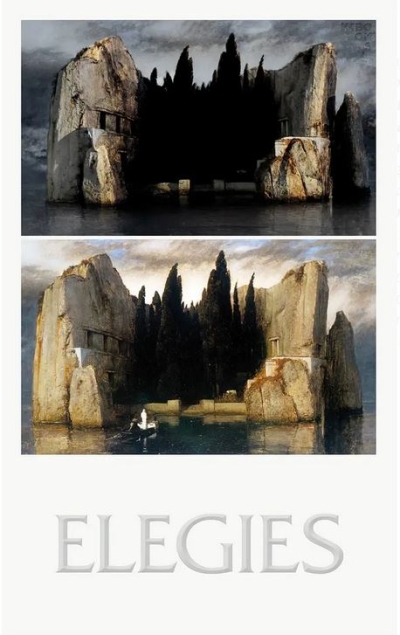
Elegies. Laments for an architectural project
“Elegy” derives from the book Histoire(s) du cinema, published by Gallimard in 1998 after the completion of Jean-Luc Godard’s eight-part video project (1988–98), which met with controversial critical acclaim. Composed almost entirely of visual, textual and auditory quotes, Histoire(s) du cinéma poetically assimilates the course of the twentieth century to the history of the movie industry, merging fiction and documentary in a speculative and intricate allegory.
The content of Elegies effects a deliberate selection of sonnets and stages an opportunistic détournement of the original: it therefore claims no authorship as all aphoristic sources have been intentionally chosen to serve a reducing purpose in a specific field, namely that of the architectural project. As a result, quotes have been accordingly redistributed in a new purposeful sequence, partly edited or augmented in order to promote a less cryptic content, yet without withholding the poetic motives of the original text.
In Elegies meaningfully chosen sections or verses of the Histoire(s) are positioned alongside carefully selected images.
According to linguisitcs, an image is an evocation in the discourse of a reality (often abstract) different from the reality referred to by the litteral meaning of the text, but bound to it by a relation of similitude, of analogy: Reverdy‘s ‘solidarity’. Thus the image both belongs to discourse and is of representative nature. Evoquing distant realities, it offers a sensible artefact, a great artifice giving strength and magnificence to the discourse; it provoques an extraordinary movement of the soul.
Furthermore considering the discourse (a group of statements or utterances about a specific theme or topic) – not only ‘telling’ about power and whoever holds it, but being itself a medium of power – we conclude that to control discourse is to control power.
The juxtaposition of text and images in this volume aims at revealing the power of imagery within a discourse and activating its potential towards both poetic a

































































































